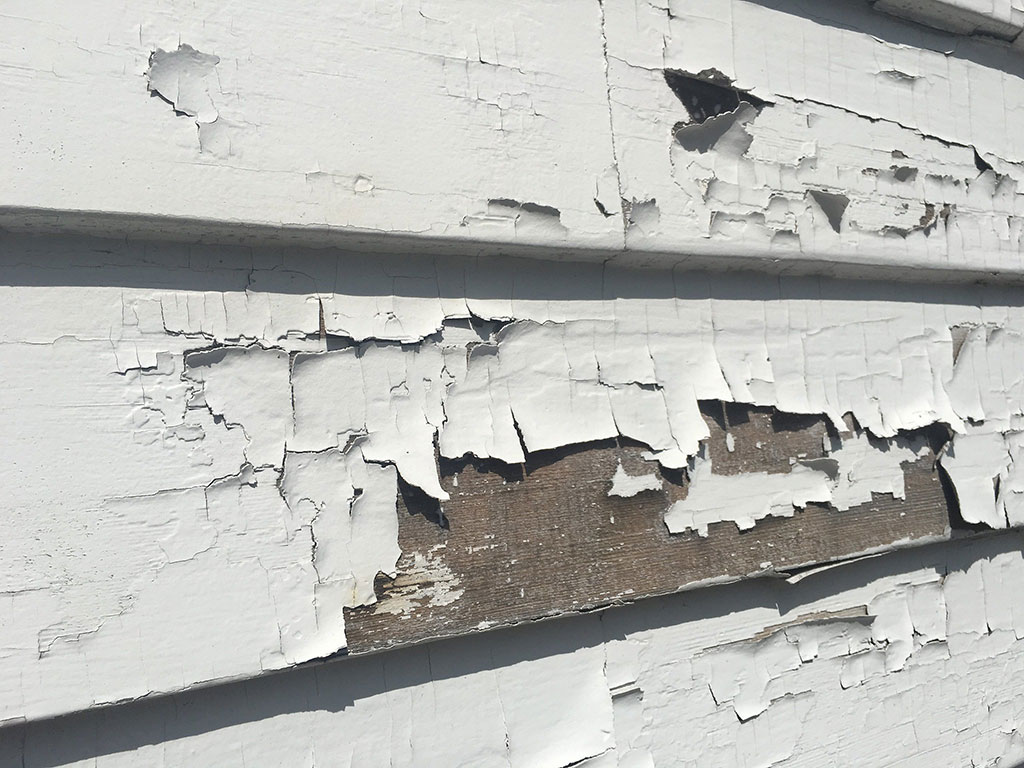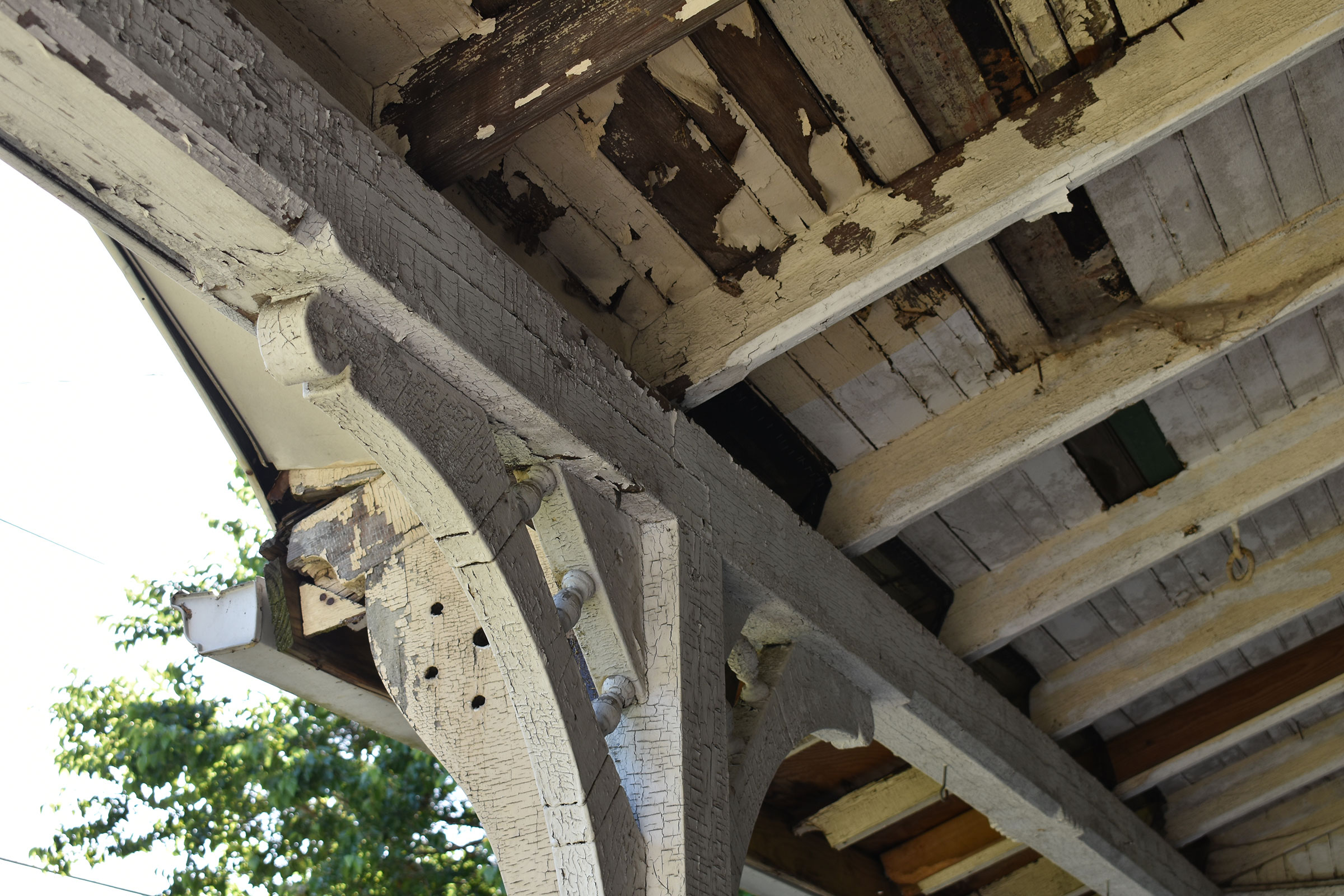On the surface, RRP and abatement activities look extremely similar, but confusing the two can be a costly mistake. Older homes or buildings present unique challenges for many contractors, especially when it comes to working with lead.
Contractors in this line of work need to know the difference between what is considered a lead renovation activity and a lead abatement job. So, what exactly is the difference? Well, one major factor that separates lead renovations, repairs and paint jobs from a lead abatement job is why the contractor is called in. The purpose of the visit is what determines whether or not it is an RRP job or an abatement job.
Why Worry About Lead
Lead paint poses some serious problems for property owners and contractors. Before 1978, there were little restrictions or regulations tackling lead paint. So, chances are if your house was built before this era, there was lead paint involved and you risk potential health issues.
Lead is extremely toxic, especially for young children. If it is absorbed into the body it can severely damage vital organs like kidneys or even the brain. Common symptoms of lead poisoning are:
- Headaches
- Nausea
- Stomach pain
- Irritability
- Fatigue
Lead paint can be found both inside and outside the home. Because old paint is easily disturbed or broken down, it can be tracked into the house and unfortunately digested by children in some way, shape, or form.
If you are performing work in an older building, it’s important that you are extra mindful of the potential risks lead-paint can present — especially if you have small children. Even as a contractor you risk potential exposure or tracking of this toxic metal.

Lead Abatement
If a contractor is called in to eliminate lead from a residence, building, or structure — it is abatement. This generally applies to any process or procedure that may come before, during, or after lead removal.
There are several reasons as to why an abatement job is required. Typically, this is performed whenever one of these four instances occurs and may be ordered by the state or local government.
- It is reported that a child has elevated blood lead levels
- A property has a lead violation
- A housing development or building is receiving HUD financial assistance
- Voluntary abatement
Confusion often occurs between RRP and abatement because abatement can fall under a range of services. From inspections to an actual removal, and activities in-between — abatement still falls under the pretense of permanent elimination of this potentially hazardous substance.
Why do buildings undergo lead abatement? Well, the primary goal of this type of project is to completely eliminate any lead and therefore having the ability to make a “Lead Free” claim about a building, home, or structure. Because of this, a government agency will be involved from the beginning wherever lead abatement occurs to ensure compliance with all major laws and regulations regarding lead removal.
Individuals or firms who work on lead-based abatement projects must be certified as a Lead Worker. This ensures that they are in compliance with EPA law, are informed, and are able to work in lead abatement activities. Lead Workers are also required to work under a Lead Supervisor, who also must be certified. These supervisors coordinate schedules, supervise a site, handle documentation, and perform other leading role activities that an abatement job may require.
Some activities that fall under lead abatement are:
- Lead risk assessments
- Lead-based paint inspections
- Lead-based paint removal
Renovation, Repair, and Painting (RRP)
While abatement refers to the inspection, planning, or actual removal of lead-paint from a property — RRP refers to any work done in residence, building, or structure where lead-based paint may be disturbed during an assigned task. The tasks, in this case, are not to eliminate lead-based paint, but rather perform maintenance work, routine repair, or painting work.
Anytime this type of work is done, claims can not, and should not, be made about a property becoming a “Lead-Free” space. Any claims of the sort are fraudulent. Even if a renovation or project is being done specifically on or near a lead-based surface, that does not qualify as abatement and should not be promoted as such.
To comply with RRP rule, anytime a job is at a pre-1978 property, at least one supervisor on the job must be trained and certified as a Lead Renovator.
Some activities that fall under renovation, repair, and painting are:
- Plumbing
- Carpentry
- Electrical work
- Remodeling
- Repairs
- Maintenance
- Painting preparation
- Window replacement
Because the goal of RRP activities is primarily aesthetic-based or as a temporary way to minimize lead issues, there are less restrictions, regulations, and compliance matters to worry about. That being said, the EPA does require several lead certifications for certain employees to ensure the safety of workers and tenants or owners of a residence, building, or structure.
Get Certified
Regardless if your working on an abatement job or RRP, you will need some lead training and certification.
If you aren’t sure what training is required of you or are looking for a one-stop-shop where you can receive all of the training you need, take a look at our lead certification courses.


